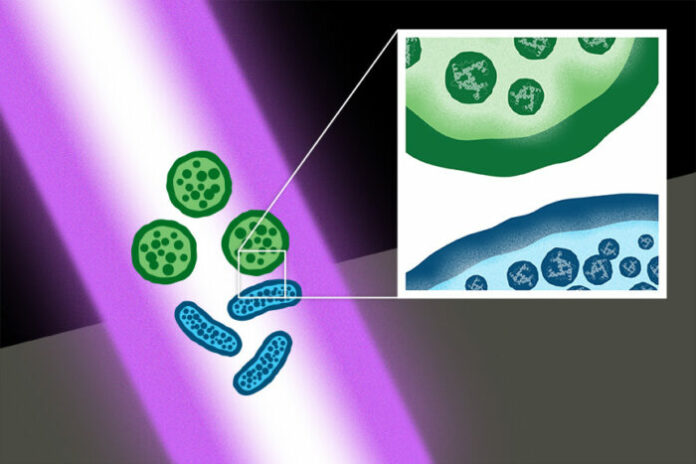Like all living beings, microbes have the ability to evolve. The process occurs almost like a software upgrade, helping the microbes become stronger and more efficient than their previous version. In bacteria’s case, it’s the survival of the fittest – against antibiotics.
While antibiotic resistance is a well-known public health threat, medical malpractice continues to aggravate the problem. A large number of current multi-drug resistant (MDR) organisms are resistant to all commercially available antibiotics. Bacterial spores like Bacilli are another type of threat, as they are very resistant to chemical and heat treatment.
Considering this obvious problem, researchers are now turning to physical methods of sterilization. While heat and most forms of radiation like ultraviolet/gamma rays are detrimental to human cells and cannot be used in vivo, researchers from Washington University School of Medicine in St. Louis believe that ultra-short pulse lasers are safe enough.
The lasers work by emitting radiation that causes bacterial and viral proteins to vibrate, breaking their linkages. Once broken, the protein linkages re-bond in a random and haphazard manner, rendering them completely useless. Eventually, the microbes’ disturbed homeostasis causes them to die.
The researchers recently used these lasers to see how they affected well-known and dangerous MDR organisms such as methicillin-resistance Staphylococcus Aureus (MRSA) and Escherichia Coli (E-coli). They also studied their effects on Bacillus Cereus spores which cause food poisoning.
They found that the laser deactivated 99.9% of the targeted bacteria and spores. [Journal of Biophotonics]
But are ultra-short pulse lasers safe for humans?
The same team of scientists previously studied the USP laser’s effects on viruses, bacteria, and human cells. In that research, they found that the key to keeping human cells safe was the laser’s power. At a low setting, virus proteins denatured and inactivated them. A slightly higher magnitude could inactivate bacterial cells. However, these settings were too low to harm human cells, giving the scientists a “therapeutic window” to work in.
If successful, the applications of this technology are endless. It can sterilize blood, blood products, and vaccines. And as author Shaw-Wei (David) Tsen, MD, Ph.D., an instructor of radiology at Washington University’s Mallinckrodt Institute of Radiology (MIR) explains, they can be used during various medical procedures:
“Imagine if, prior to closing a surgical wound, we could scan a laser beam across the site and further reduce the chances of infection. I can see this technology being used soon to disinfect biological products in vitro, and even to treat bloodstream infections in the future by putting patients on dialysis and passing the blood through a laser treatment device.”
Source: Washington University School of Medicine in St. Louis
Journal of Biophotonics




